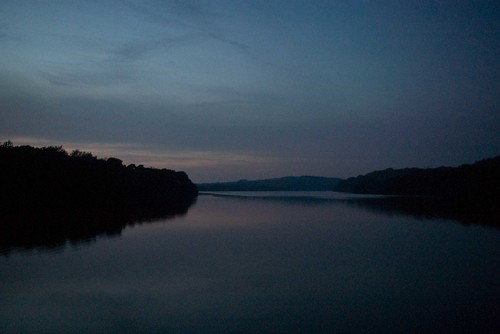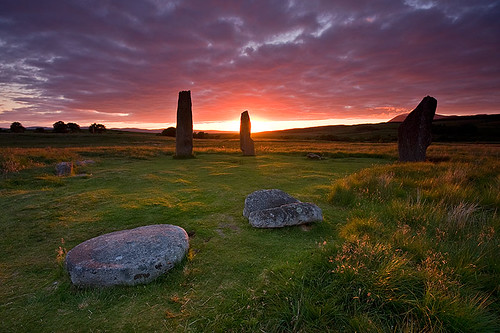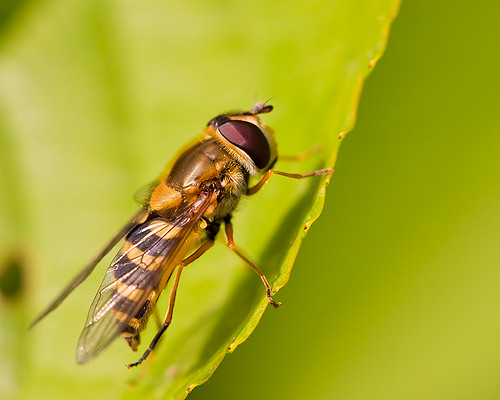OK, a question for our seasoned photographers.
The other night, I went out to take some evening photographs at a reservoir near where I live. I left the camera set on 'auto' and was quite pleased with the look of the pictures on the camera screen. However, when I got them home, they were really grainy and, to be honest, rubbish. According to the info, the ISO setting is 1600. If I had set it to, say, 400 with a longer exposure, would they have been less grainy?

The other night, I went out to take some evening photographs at a reservoir near where I live. I left the camera set on 'auto' and was quite pleased with the look of the pictures on the camera screen. However, when I got them home, they were really grainy and, to be honest, rubbish. According to the info, the ISO setting is 1600. If I had set it to, say, 400 with a longer exposure, would they have been less grainy?



